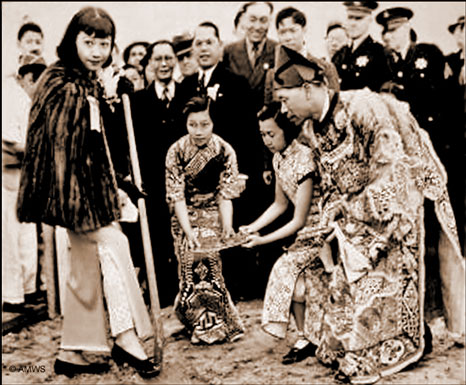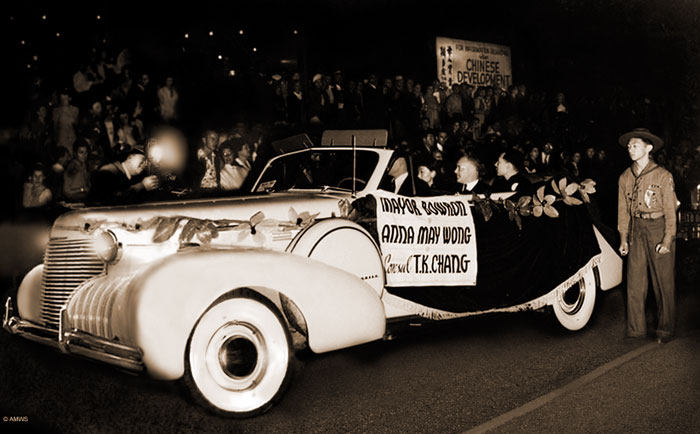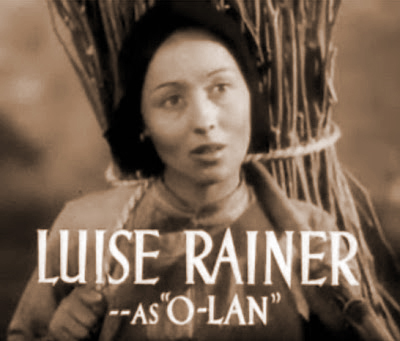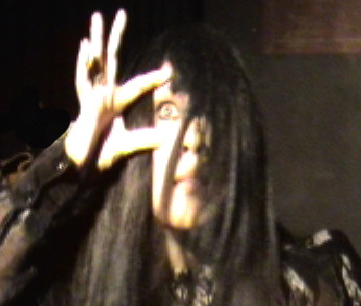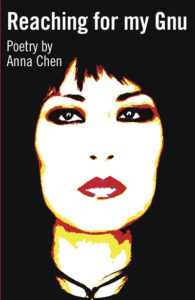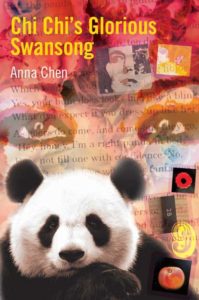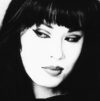Profile
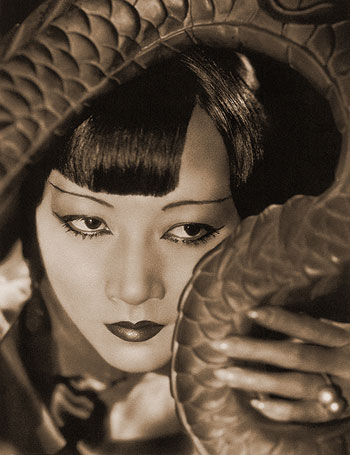
A CELESTIAL STAR IN PICCADILLY
Introducing Anna May Wong to a new generation on the BBC: Hollywood’s first Chinese screen legend and the Chinese diaspora’s mitochondrial Eve
Anna May Wong: A Celestial Star in Piccadilly
Written and presented by Anna Chen for BBC Radio 4, first broadcast 13 January 2009
Pick of the Day in Guardian Guide, Daily Mail and Mail on Sunday.
” … tying it up with a ribbon of her wit …” – Daily Telegraph
” … refreshingly original …” – Sunday Telegraph
About Anna May Wong
Glamour, sex, beauty, fame – Hollywood legend Anna May Wong had it all. She was the most famous Chinese woman in the world during the 1920s and 30s, and yet she struggled to get decent parts while white actors played the juiciest Chinese roles in “yellowface”.
Born in Los Angeles in 1905, during the height of the Yellow Peril fears about the Chinese, she overcame prejudice and racism enshrined in US law to become Hollywood’s first Chinese screen legend, making more than 60 movies.
Artists painted and sculpted her, photographers immortalised her, composers and songwriters were inspired by her, philosophers wrote of her. And yet she all but disappeared for nearly half a century since her death in 1961 at the early age of 56.
She’s now recognised as the mitochondrial Eve of the Chinese diaspora and is influencing a whole new generation. Who was she? And why do we need her now?
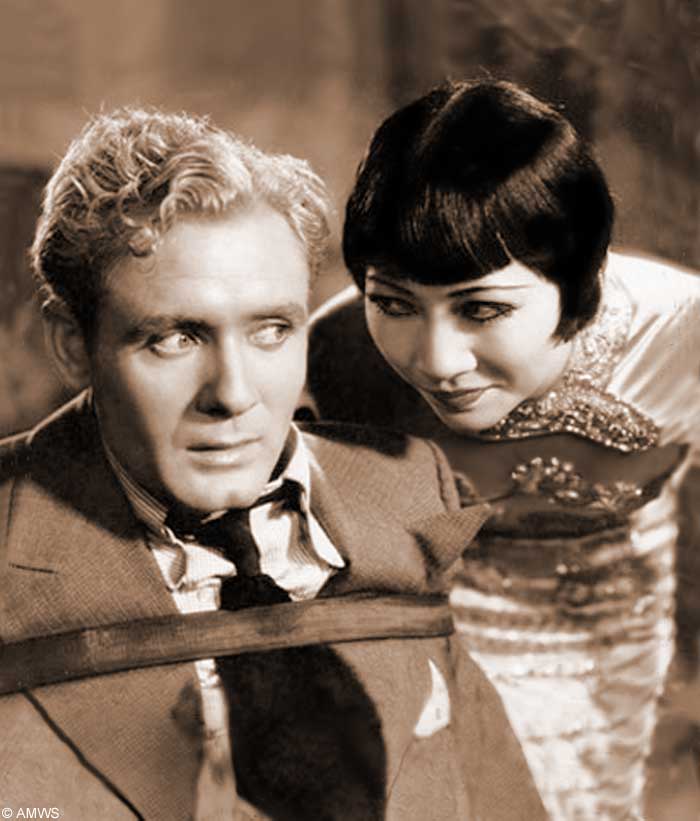
A personal view
While I was growing up in Hackney, there were few east asian women in the culture reflecting anything like my appearance. Those that did slip through were not necessarily an inspiration. Yoko Ono was unfairly reviled in the media as a hate figure, although – far from breaking up the Beatles –she was a respected Fluxus artist in her own right and famous among the avant-garde cognoscenti way before John Lennon was anything more than a pop star. The twin horrors of my childhood, Suzy Wong and Juicy Lucy – happy hookers who migrated from popular literature onto the screen – were always there to define me in the eyes of a society without any other reference points. There were powerful women, too, but they came in the shape of Jiang Qing (Madam Mao), the kleptocratic Imelda Marcos and, in fiction, the evil daughter of Fu Manchu. Her I quite liked.
I wondered who the young Anna May Wong had to look up to. She grew up as third-generation Chinese born in a youthful America when Native Americans were safely out of the way on their reservations and former slaves were consigned to ghettos and plantations. Chinese-Americans were about as low as you could get; depicted as so much of a danger to working men and decent citizens that the US government introduced legislation specifically designed to curb the ambitions of the Yellow Peril within. Their ambitions may have been humble — earning an honest dollar for one’s labour, living in safety and security, bringing up families of their own — but the owners of capital tolerated them only as cheap labour, while much of the labour movement in both the Britain and the USA (Wobblies excluded) saw the Chinese as more of a threat than as fellow workers.
Various schools of thought say that Asiatic humans first walked over the Beriing Straits more than 17,000 years ago and populated the Americas down to their southernmost tip. Others contend that Imperial Chinese ships arrived in the 15th century, predating Columbus by decades; or that they initially landed in California on Portuguese ships carrying silver from mines in the Philippines.
What we do know is that in the mid-19th century, the discovery of gold at Sutters Mill in 1848 drew first a trickle and then a flood of Chinese who joined in the Gold Rush, populating the west coast and working the mines in the Sierra Nevada mountains. The next wave of immigration was brought in as cheap coolie labour by Charles Crocker in the 1860s to build his Central Pacific railroad which would link Sacramento with the East and bring the West into the Union during the Civil War. Conditions were harsh and they were paid less than their white counterparts.
But not all Chinese would submit and conform to the role of coolie; there was one major strike with thousands laying down tools as they busted through granite mountains and worked in 20-foot snowdrifts. It was a strike that had the potential to unite all workers, and ever since I found out about it in the early 1990s while working with Sinophile author Martin Booth on his film script The Celestial Cowboys in 1993, it has inspired me, especially as there are those who insist that Chinese are genetically bourgeois and incapable of working-class consciousness. The strikers were eventually starved back to work with a few concessions but they had shown they they weren’t all pushovers.
Many miners and railworkers settled in the US and formed America’s first Chinese communities. These were Anna May Wong’s roots.
In a world bereft of role models, Anna May carved out an acting career in the early days of the Hollywood film industry. She started young, as an extra on the streets of Los Angeles, learning her craft and gaining proper roles in defiance of her traditionalist father, who wanted her at home in the family laundry.
By 17, she was starring in Hollywood’s first technicolour movie, The Toll of the Sea (1922), as the Madame Butterfly character, “marrying” an American who promptly dumps her when he returns to his homeland and a white wife. She dies tragically at the climax, beginning a pattern that would endure for most of her career.
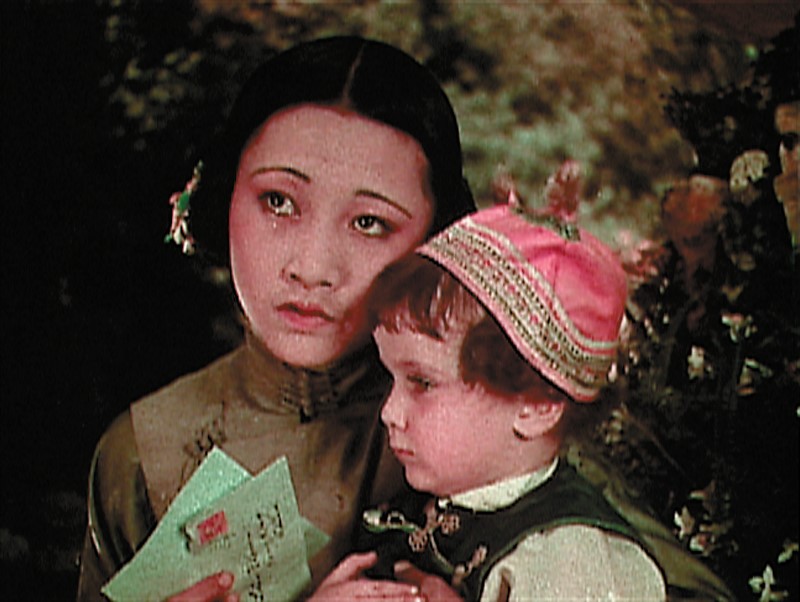
Trapped in Dragon Lady or Lotus Blossom roles, she grew tired of being demeaned, insulted and limited. Anti-miscegenation laws meant she wasn’t allowed to kiss a romantic lead if he was white, even if he was a white actor playing a Chinese. Your sexuality got you killed, at least symbolically.
In the late 1920s she came to Britain, where she was already a huge star and made the black and white silent feature film Piccadilly for the German director E A Dupont. This was perhaps her greatest starring role, but she still had to die at the end. Death was the fate she had to endure for the crime of being attractive. I take a closer look at this movie in the programme as there’s a plethora of prejudice leaking at the edges, some of it hilarious, much of it still extant today.
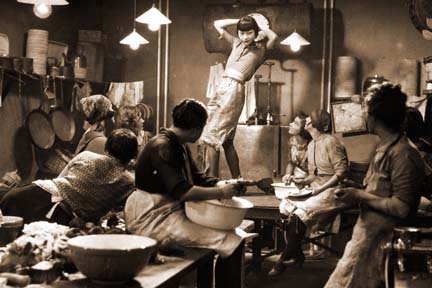
Anna May was the toast of Europe: mates with Paul Robeson, Josephine Baker, Marlene Dietrich and, strangely, Leni Riefenstahl. Such was the contrast in Europe with what she’d experienced back home that she once stated there was no racism in Germany. And that was in the Thirties, which gives you some idea how bad it must have been if you were a minority in the Land of the Free.
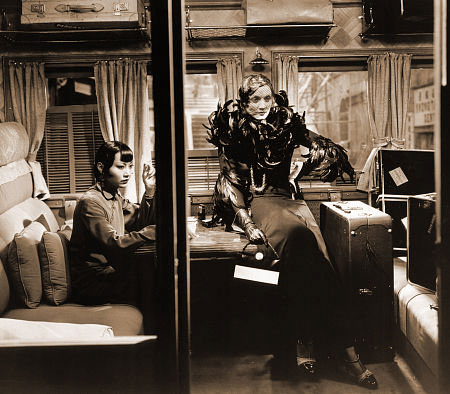
She starred with Marlene Dietrich in Shanghai Express, acted with a greenhorn Laurence Olivier on the London stage. Philosopher Walter Benjamin had a major crush on her. She dined with royalty and was adored by her fans. Eric Maschwitz wrote the classic song “These Foolish Things” about her.
Yet Hollywood still refused to lower the drawbridge and give her the starring roles she deserved. Those still went to white actresses in Yellowface. Myrna Loy as evil Daughter of Fu Manchu? Loy, Katherine Hepburn, Luise Rainer and Tilli Losch were all considered better at being Chinese than Anna May Wong.
AMW’s life experience led her to develop a political consciousness and during World War II when Japan occupied China, she worked tirelessly for the Save China war relief campaign, speaking at events and even auctioning off her wardrobe to raise funds.
However, these things take their toll and she died in 1961, at the unnervingly early age of 56.
But isn’t everything different today? Nope, it’s still with us. The form has mutated but the content lives on. A Celestial Star in Piccadilly is one case study in how minorities are rendered invisible in the culture and as producers of culture, while the fruits of their labour are appropriated by those who sit at High Table.
And the danger of that is it’s the sleep of reason where monsters are born.
Hmmm, sounds familiar and rather too close to home …
Interviewees include:
Graham Russell Gao Hodges, Anna May Wong’s biographer, Laundryman’s Daughter
Diana Yeh, historian
Alice Lee, writer and actress who performed her one woman show about Anna May Wong, Daughter of the Dragon
Elaine Mae Woo, director of Frosted Yellow Willows about Anna May
Ed Manwell, film producer, Frosted Yellow Willows
Neil Brand, composer of the new score for the BFI Southbank rerelease of Piccadilly on DVD
Jasper Sharp, east Asian film expert
Kevin Brownlow, legendary film historian and filmmaker
Margie Tai and Connie Ho, who remember Anna May Wong visiting their Limehouse neighbourhood when they were kids
Produced by Chris Eldon Lee for Culture Wise Productions
Many thanks to Mukti Jain Campion of Culture Wise.
Postscript: When my producer, Mukti Jain Campion first pitched our programme to the BBC in time for Anna May Wong’s centenary in 2005, we were turned down on the grounds that “no-one’s heard of her”. Which, if true, would have been an even more powerful reason to introduce her to a whole new British audience. We persevered and Mukti cracked it in 2008 when we were finally commissioned to make A Celestial Star in Piccadilly for BBC Radio 4 for broadcast in January 2009.
Anna May Wong Must Die!
by Anna Chen
Down in the alleys of old Chinatown,
In the gawdy bawdy backstreets of sinister renown,
Dope pedlars peddle, the dragon gets chased,
It’s the same old story, the same yellow face,
The Man with the Fu Manchu opium embrace,
Could kill you in an instant and never leave a trace.
He knows all the tricks how to get you high
And that’s why Anna May Wong must die.
Down in the sewers of Chinatown way,
Chinamen get chinkified every single day.
Little yellow people all merging into one,
You eat their rice for punishment, their noodles are no fun.
Robotic ant-like army with phasers set to stun,
Marching cross the countryside, nowhere left to run.
Here’s a tall poppy soaring in the sky
And that’s why Anna May Wong must die.
Silver screen dreams in black and white
But without the black bits, so that’s alright.
Along came a flapper, a cute little score,
The women went ‘Ooh!’ and the boys went, ‘Phwoah!’
Black hair, almond eyes, a figure to adore,
Yellow skin glistening, sticking in their craw,
There’s a comet in the heavens, the end is nigh
And that’s why Anna May Wong must die.
Who’s that upstart flouting all the rules?
Not one thing or the other, fall between two stools.
It’s Anna getting cocky, Anna out of line,
Anna take your punishment, Anna do your time,
Scary Chinee nemesis looking mighty sly
Crush the Dragon lady, the mastermind of crime.
Anna kissed a white boy and made him cry
And that’s why Anna May Wong must die.
From Anna Chen’s poetry collection, Reaching for my Gnu (Aaaargh! Press)
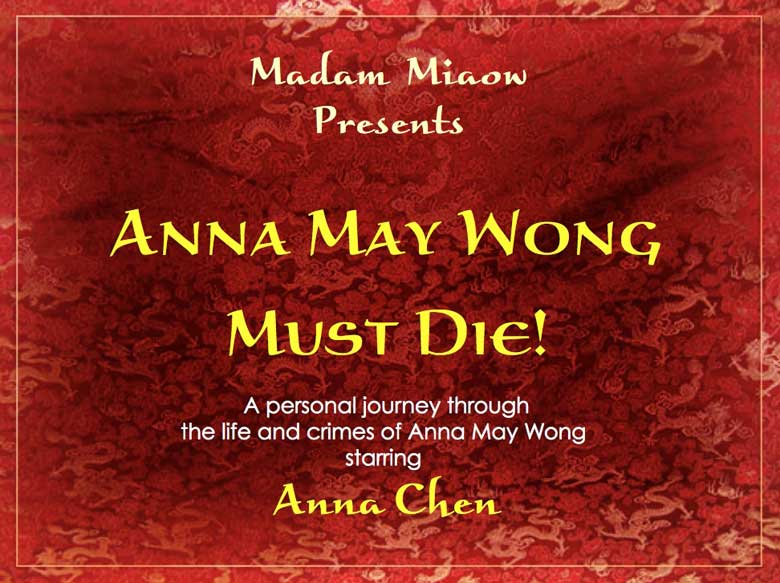
Click on above for Video extracts from Anna Chen’s first presentation of Anna May Wong Must Die! at the Roxy Bar & Screen, in 2009.
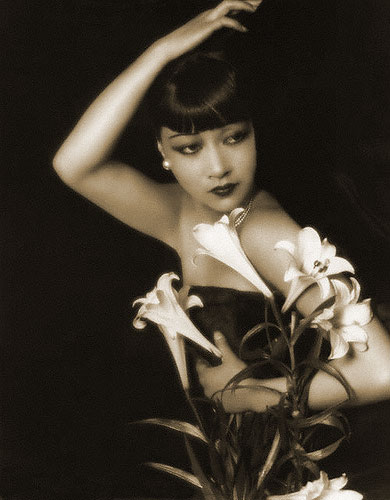
Yellowface
What happened when Anna May Wong tried to win the biggest role of her career, playing the leading Chinese character O-lan in MGM’s blockbuster movie of Pearl S Buck’s Pulitzer Prize winning novel, The Good Earth, set in China?
Anna Chen reviews the movie.
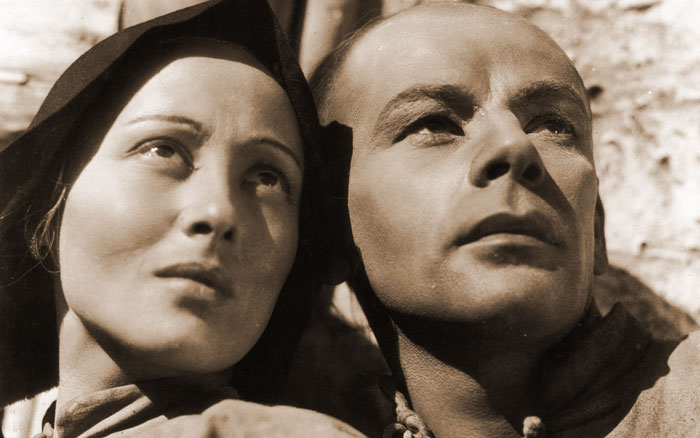
SEE ALSO: YELLOWFACE: Dehumanisation starts by being rendered invisible and turned into a blank canvas onto which constructed images are projected, supplying a permanent reservoir of scapegoats. A raft of exclusions despite Britain’s record of colonisation embed yellow peril stereotypes deep into the collective unconscious. Some examples can be found at this page.
Not Your China Doll: The Wild and Shimmering Life of Anna May Wong by Katie Gee Salisbury. A lively, well-written journey through Anna May Wong’s life and career, if light on the political landscape that shaped her. Book review by Anna Chen, 11 April 2024 – READ MORE >>>
